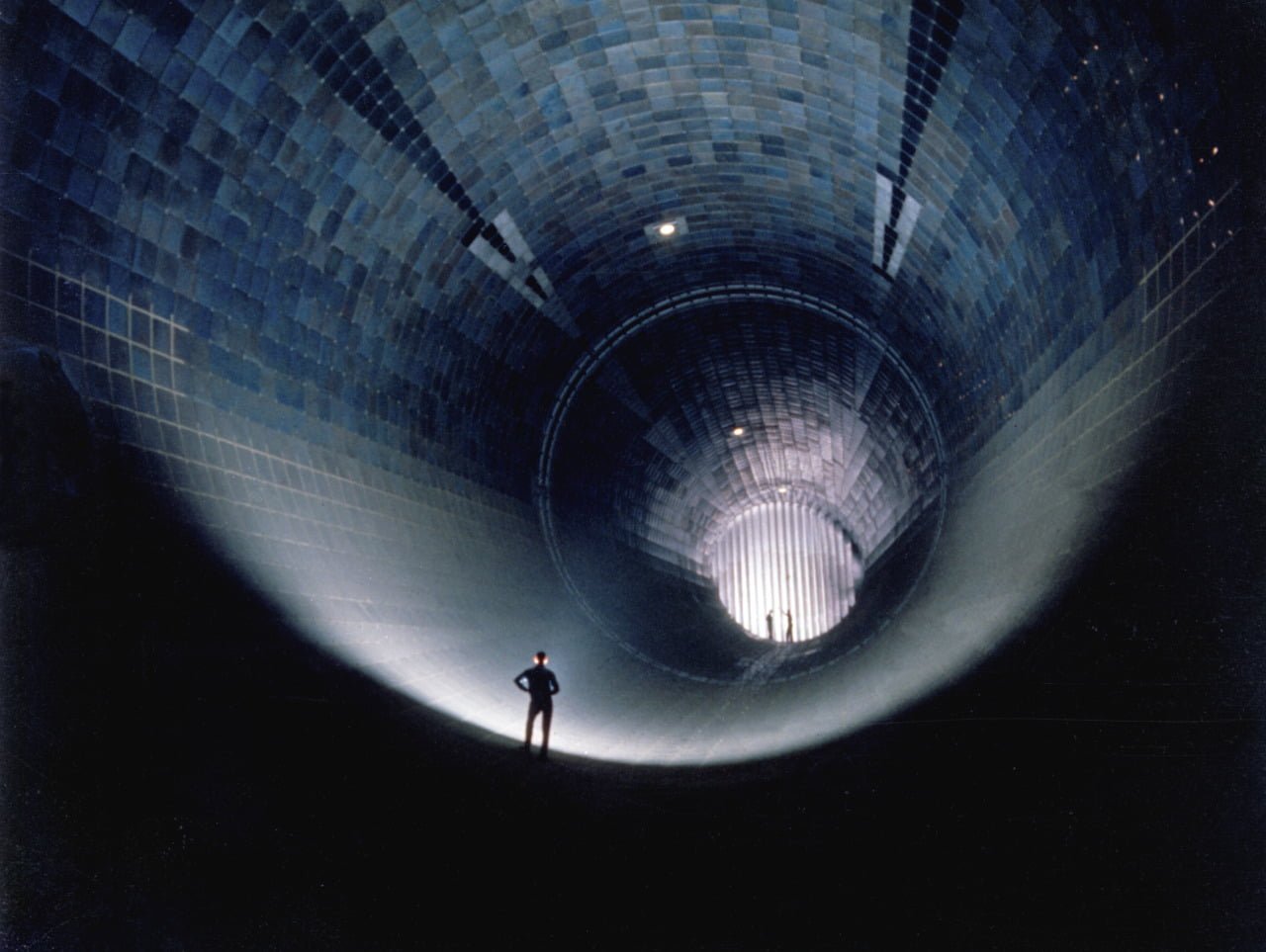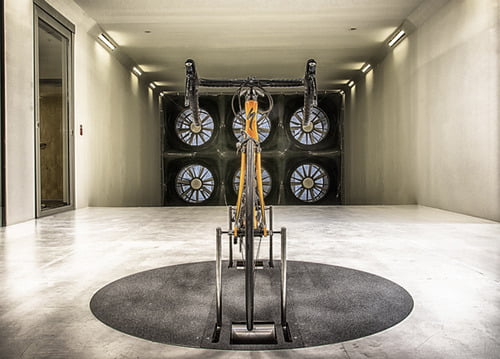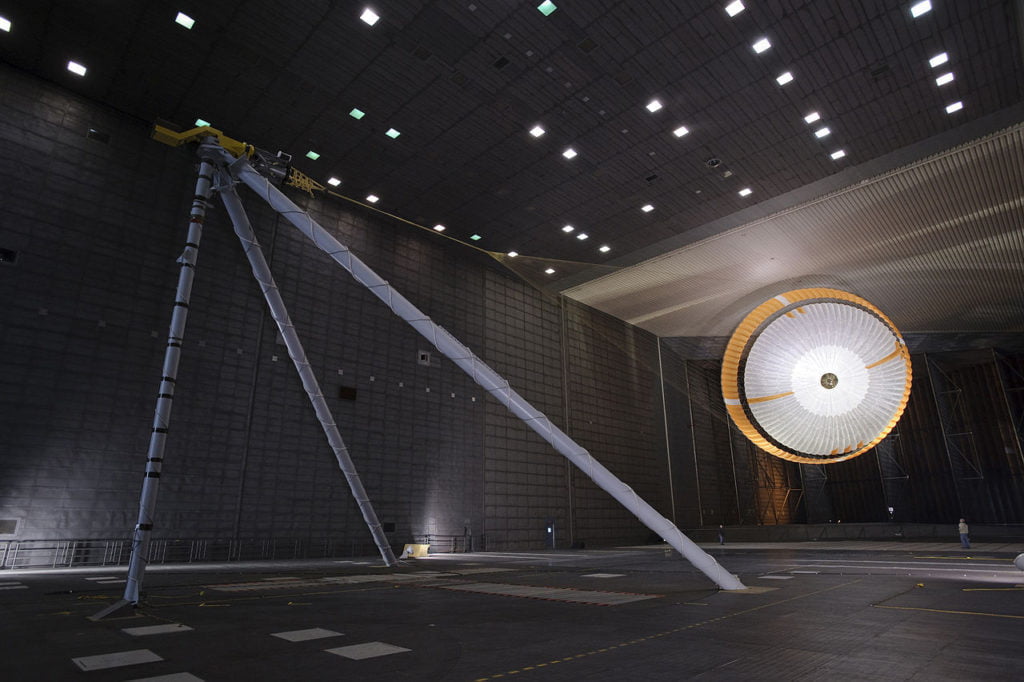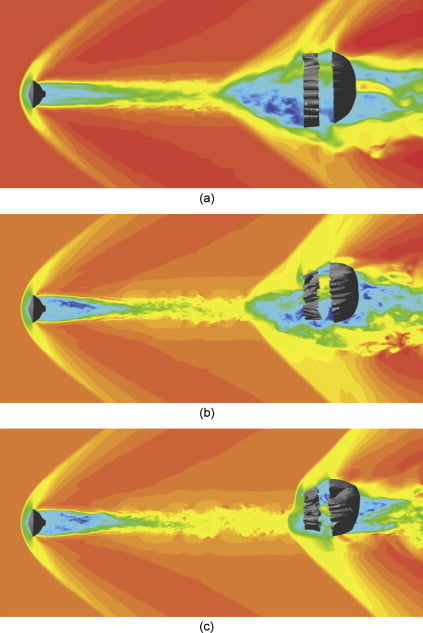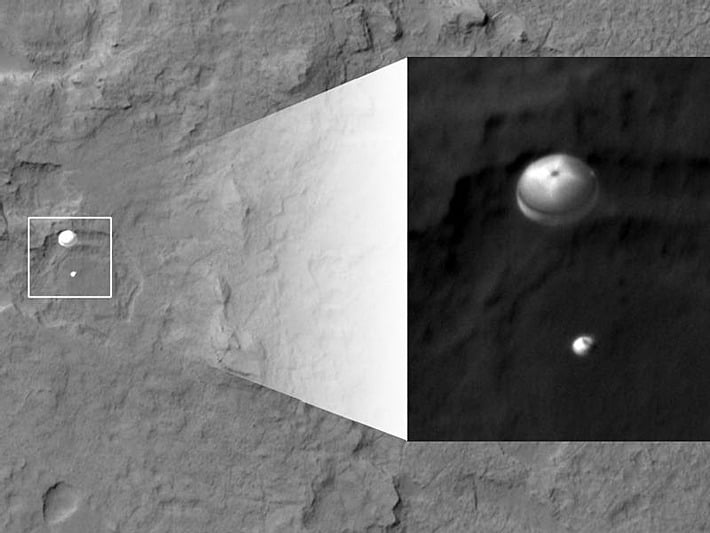Skydivers and freefall acrobats utilize vertical wind tunnels as ground training facilities. Low-speed acrobatics, like gymnastics, relies on inertial forces and angular momentum for flips and attitude changes. But at freefall speeds, aerodynamic forces are much larger, and an acrobat’s orientation relative to the flow has a big effect on his stability and maneuverability. Simple movements of an arm or leg can significantly alter one’s aerodynamics, allowing the acrobats to choreograph controlled and synchronized motion. (Video credit: Red Bull)
Author’s note – After much consideration, I’ve decided to move FYFD to a MWF posting schedule for the time being. Working full-time has its limitations, and I believe the less frequent posting schedule will allow me to dedicate more time to generating new content like FYFD videos. This was a tough decision, but I hope it will help FYFD grow in the long-term. – Nicole

